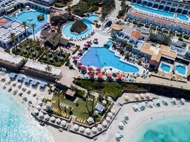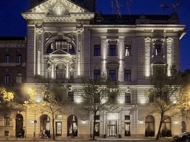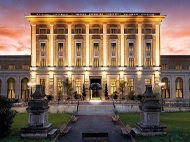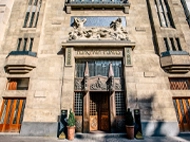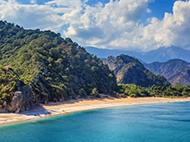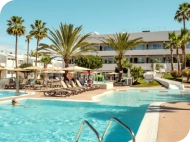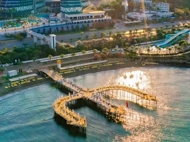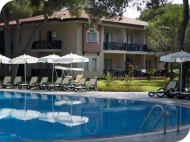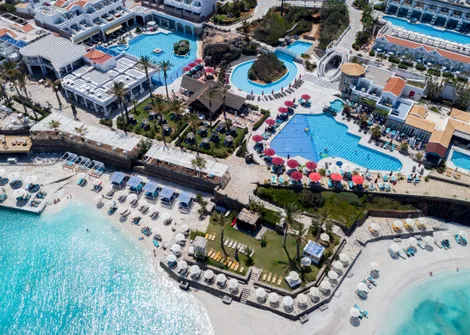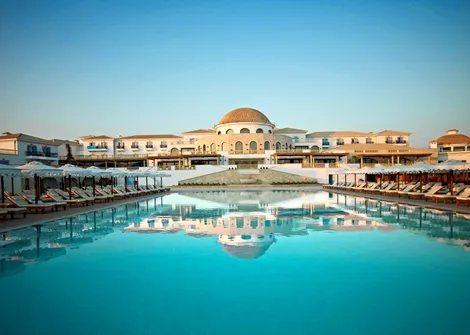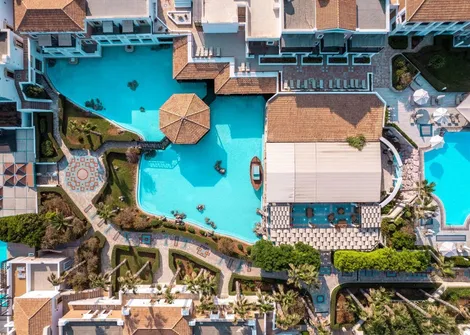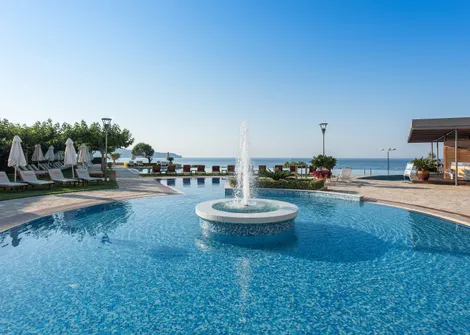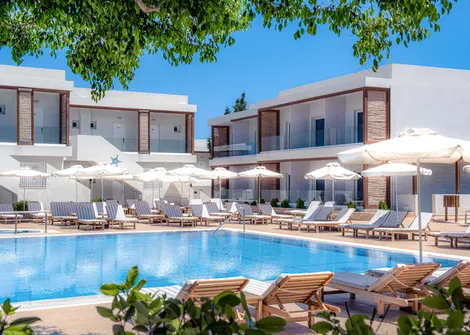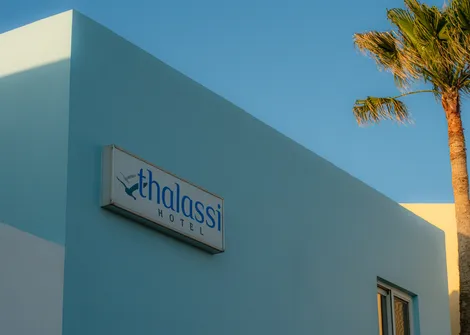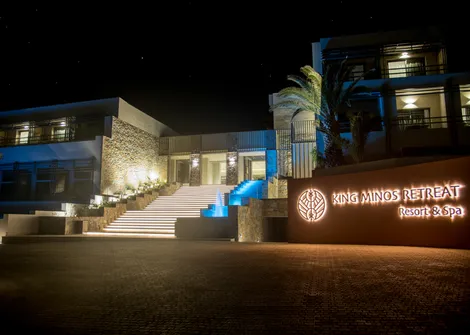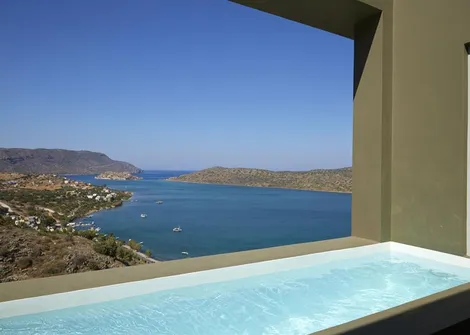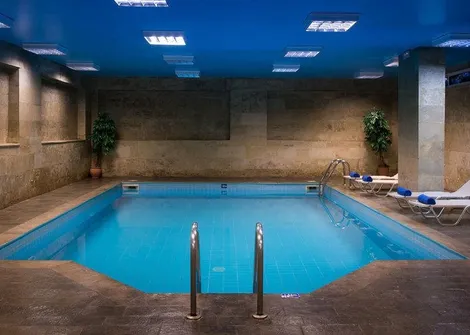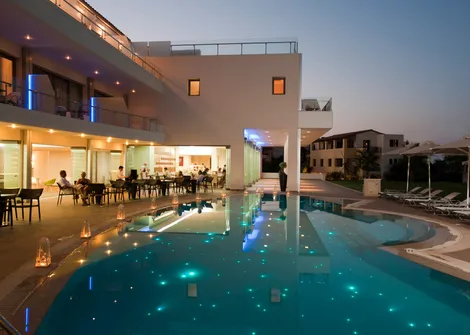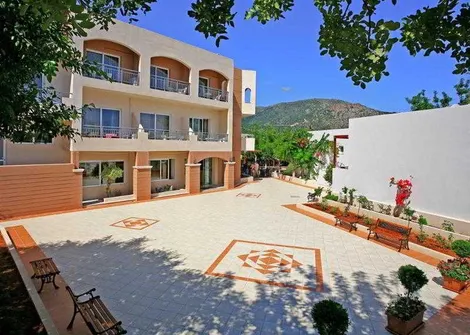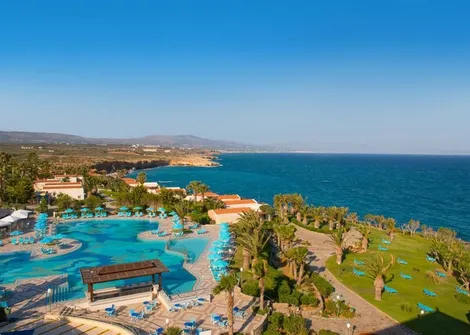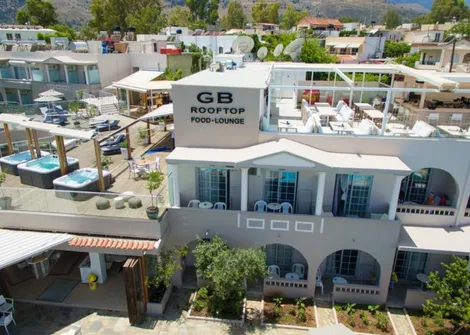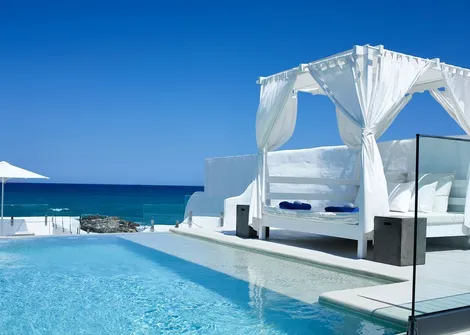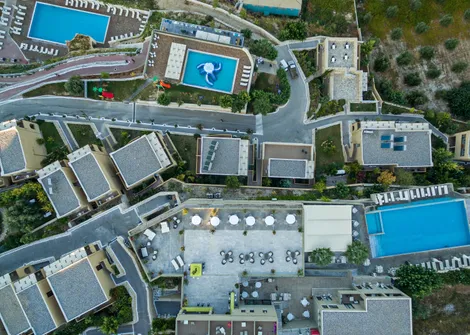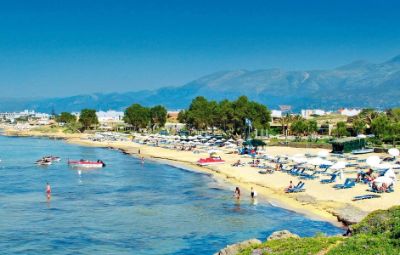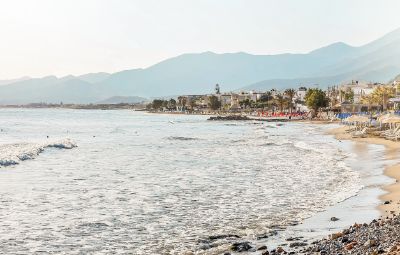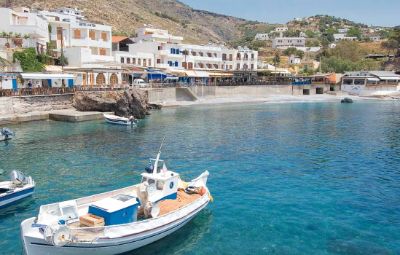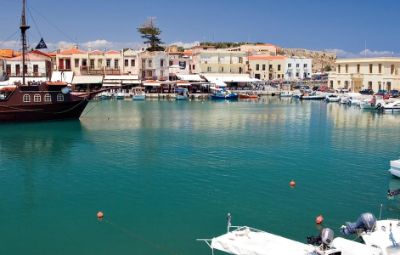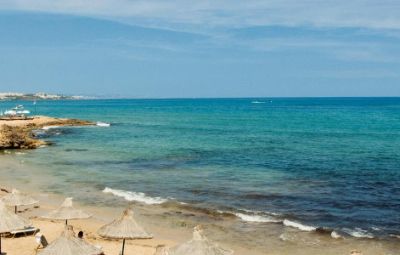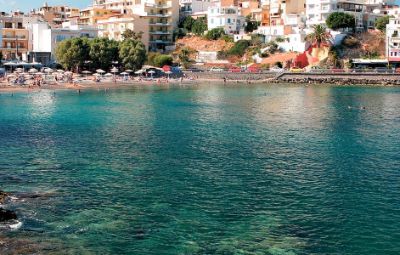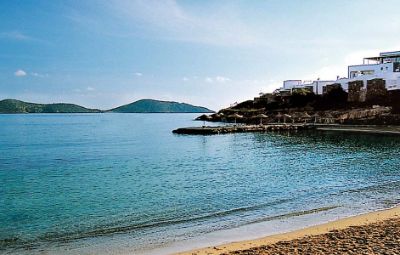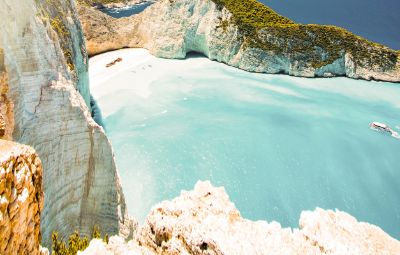Crete holidays are a definite must-book if you’re into powder-white soft sand, pristine waters and stunning sunsets. After all, this Greek island (which is the biggest of them all) is home to a wealth of beautiful beaches where couples and families of all ages come to soak up the Mediterranean sunshine.
But there’s so much more to explore beyond the Crete beaches. For a start, 4,000 years of civilisation have left behind impressive archaeological sites, and it’s well worth hiring a car to see them for yourself.
When you’re not hunting for the mythical Minotaur at the Palace of Knossos, you can experience the warm hospitality and traditions of the locals. They’ll always be able to offer some insider tips – just ask them about Crete’s best beaches and most picturesque villages.
Things to do
Aside from the island’s glorious coastline, holidays to Crete will take you to some of the oldest and most beautifully preserved remains of the Ancient Greek world. It’s all thanks to the Minoans, known for their impressive cities, palaces and naval empire – no wonder Crete was at the forefront of Bronze Age culture.
Discover the excavated ruins at Phaistos in the heart of the island, or head to the Palace of Knossos near Heraklion. The palace covers over 20,000 square metres with lots to explore. Legend has it this is where the Labyrinth was built, home to the monstrous Minotaur of Greek mythology. That should get the kids’ imaginations going!
For a taste of Crete’s more recent ‘hippie history’, take a stroll around the cave homes carved into Matala Beach’s sloping cliffs. Dating back way further than the Flower Power era, they’ve also housed Roman tombs and a Christian church. There are more surprises underwater, so pull on a snorkel and flippers for a look at the Roman ruins hidden beneath the surface of the bay.
Beach life
So, you already know there are plenty of beaches where you can spend your days relaxing on the soft sands and basking in the sunshine. But how do you choose which to visit?
You’ll find breathtaking islets lined with pink coral sand and surrounded by crystalline waters in the south. Elafonisi Beach, on the southwestern tip of the island, offers a little slice of paradise. Stretching for almost a mile, it’s covered in lush pink and white coral sands, lapped by a lagoon. It’s so shallow you can even wade right across the water to the islet you can see from the beach. It’s well worth it for a look around, as this peaceful wilderness is home to untouched shores, incredible rock formations and caves – but not much shade, so remember your hat.
Prefer your beaches with more facilities? Head west to Falassarna. It’s ideal for windsurfing, or you could simply enjoy the sands full of sun loungers, umbrellas and snack bars. Not just for sun-worshippers, this gem is also popular with day-trippers wanting to see the ruins of the harbour that stood here centuries ago. So, it’s a perfect place to find out more about the area’s fascinating past.
In the east, party locations such as Malia promise energetic beaches with a buzzing atmosphere and lots to keep you occupied. Believe it or not, this clubbing hotspot is also a sand-lover’s paradise, with six golden kilometres to lounge on. That’s a lot of sunbathing space!
You get the picture – whether you’re looking for a quiet retreat away from the crowds or somewhere a little livelier, you won’t run out of places to soak up the glorious weather in Crete.
Cultural delights
Crete’s Mediterranean climate means you can pack for hot sunny days during much of the year but holidays here offer much more than just sun, sand and sea. You’ll soon notice the island has its own strong identity, shaped by a rich history of mythology, empire, and cultural traditions (such as the world-renowned Renaissance Festival). Delicious Cretan cuisine, popular folk dancing, and upbeat music are all part of the picture.
Those with an avid interest in mythology can also embark on a day trip to Psychro Cave, which is supposed to be the birthplace of the Greek god Zeus. Uncover his secrets on a guided tour or wander through the jaw-dropping crystal chamber at your own pace.
All this exploring will surely make you hungry, so when you’re ready for a break, join the locals in one of Crete’s seafront tavernas for a rich stifado (beef stew) or a flavoursome Greek salad doused in olive oil. You’ll be welcomed with a glass (or two) of ice-cold raki, one of those classic must-tries of Greece holidays.
Places to stay
If you’re new to Crete holidays, head to the ever-popular medieval town of Chania on the western coast. With incredible beaches, maze-like streets, an idyllic harbour, the towering White Mountains (‘Lefka Ori’), and the rocky Samaria Gorge among its many attractions, this resort promises stunning scenery. And thanks to a romantic air for loved-up couples, it’s also ideal for sunbathers, watersports enthusiasts, hikers and wildlife spotters of all ages.
Looking for the perfect base for a family holiday? Hersonissos boasts kid-friendly places to eat, the fantastic Lychnostatis Open Air Museum and shallow coastal spots for paddling tots. Plus, waterpark fans will definitely want to check out the thrills at both Acqua Plus and Star Beach. And as the resort’s only about 25km from the city of Heraklion, you can easily combine some key sightseeing with your chill-out time. No wonder this former fishing village is one of the most popular places to stay in Crete!
And if you’re coming to Crete for the nightlife, you should consider staying in Malia in the northeastern quarter. This lively resort is rightly known as Crete’s party capital. Home to an array of nightclubs and bars that stay open from dusk till dawn, plus party boat trips, it’s a real favourite with younger couples and friends up for late nights and lazy days. Other lively nightspots include Stalis and Elounda, while Aghios Nikolaos, Chania and Heraklion are perfect for more relaxed evenings out.
Hotel-wise, the Mitsis Laguna Resort & Spa just outside of Hersonissos is a must for luxury-seekers, while Filion Suites lies in the tranquil resort of Bali and has 5 fancy stars. If you’re looking for beachfront bliss, Radisson Blu Beach Resort Milatos is surrounded by emerald waters. Budget-conscious types can also revel in Mediterranean vistas from the Iberostar Creta Panorma & Mare. There’s endless choice with our Greek getaways!
More travel guides
Find out more about holidays to Crete with our guides to Aghios Nikolaos | Elounda | Heraklion | Hersonissos | Malia | Rethymnon | Stalis

